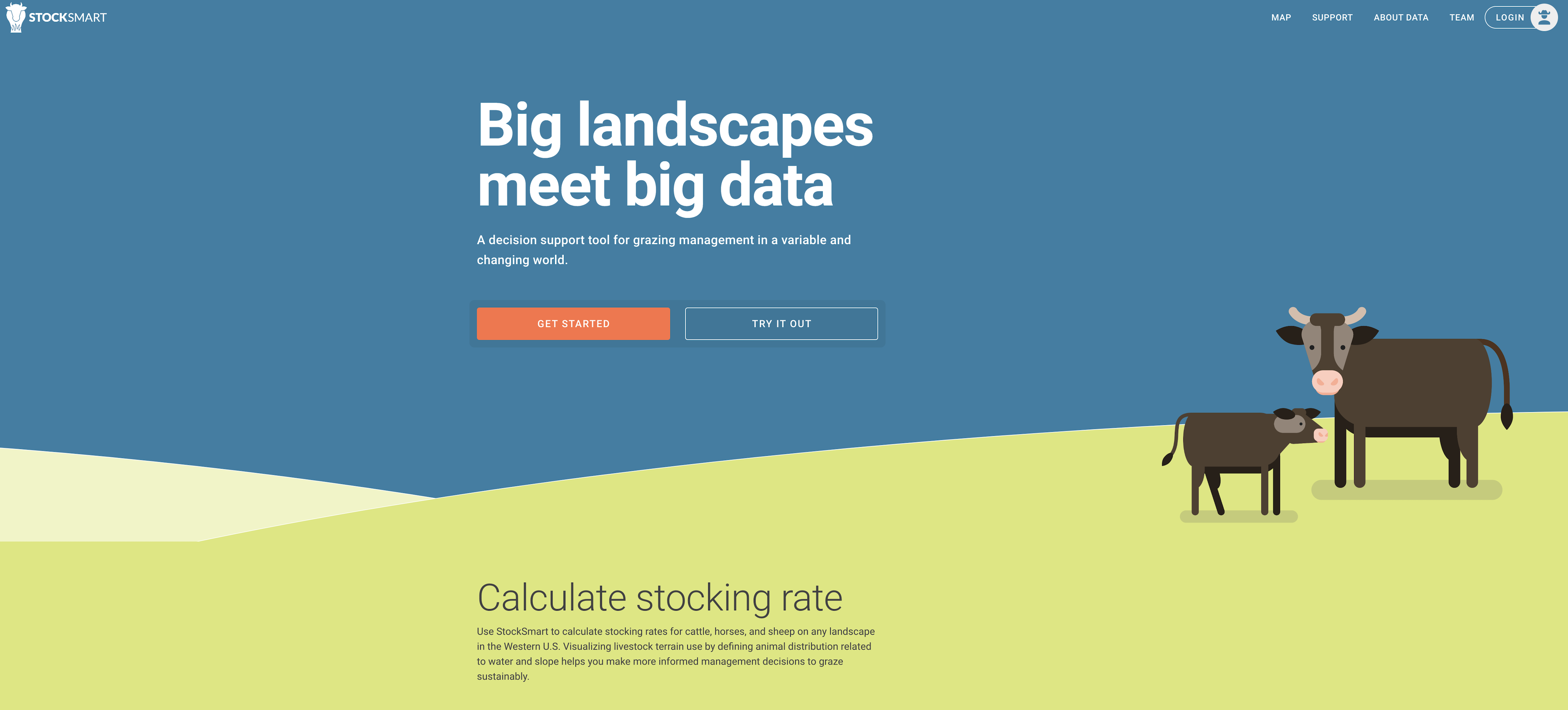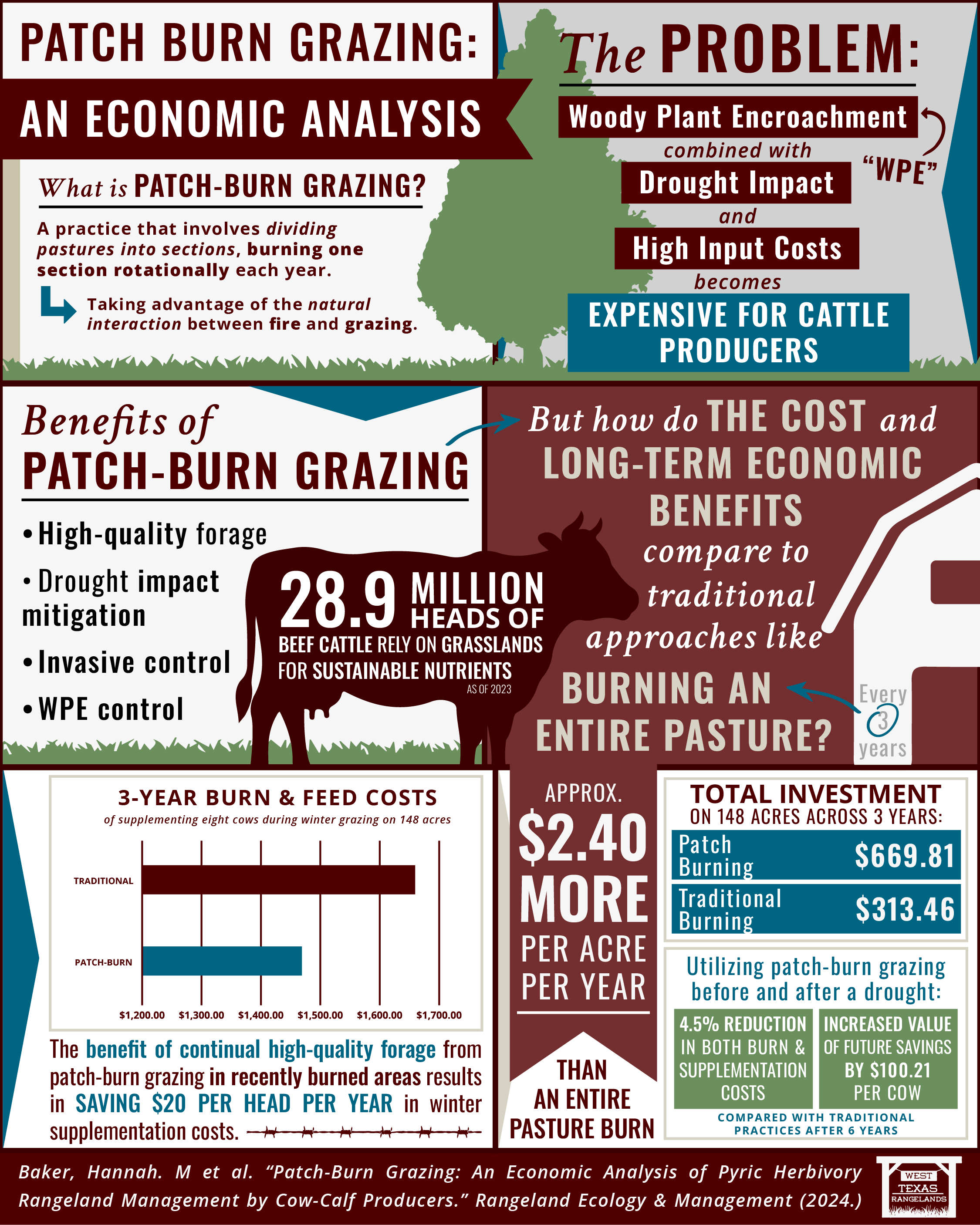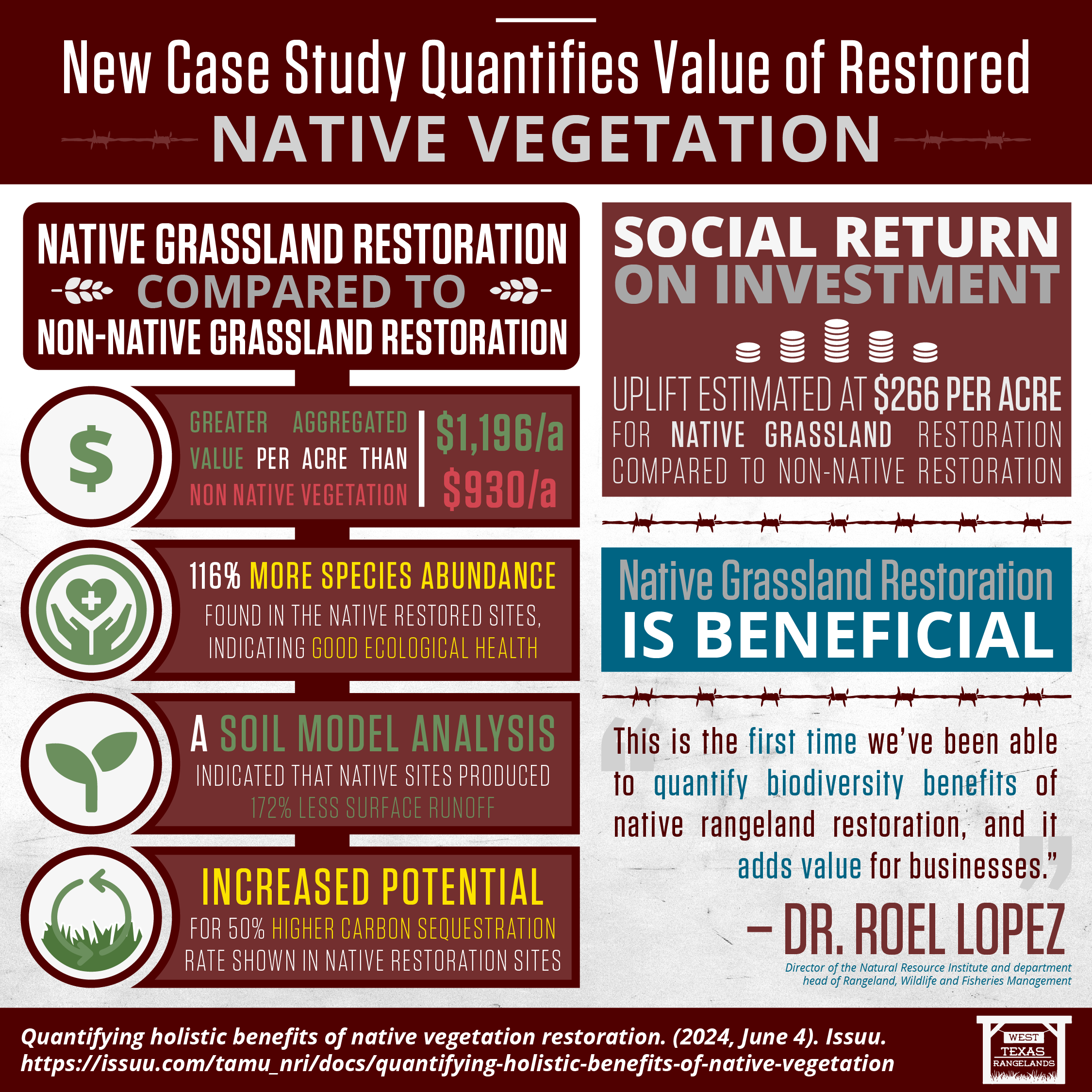 StockSmart is a new decision support tool that is used for grazing management. StockSmart can be used to calculate stocking rates for cattle, horses, and sheep on any landscape.
StockSmart is a new decision support tool that is used for grazing management. StockSmart can be used to calculate stocking rates for cattle, horses, and sheep on any landscape.
[Read more…] about A New Tool for Calculating Stocking Rates: StockSmart








